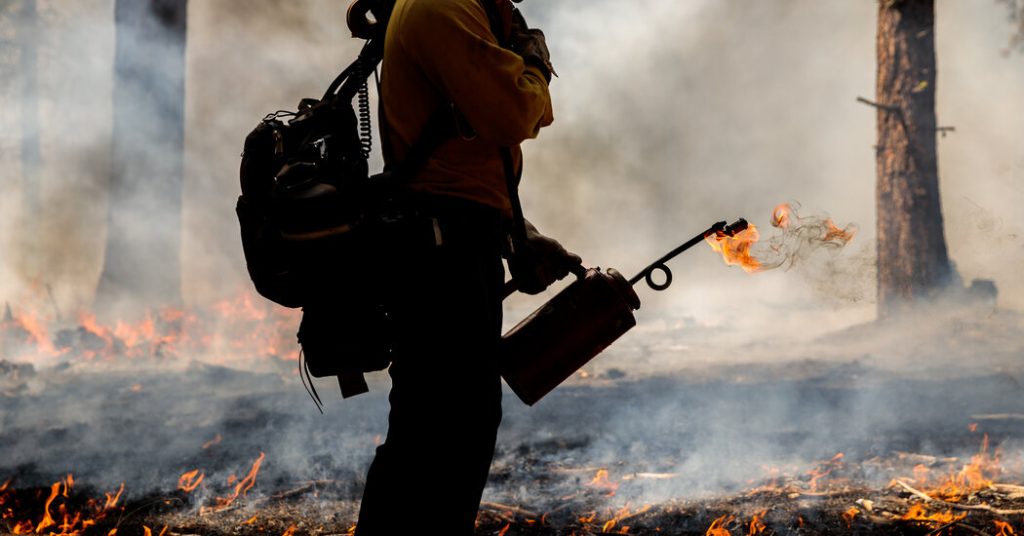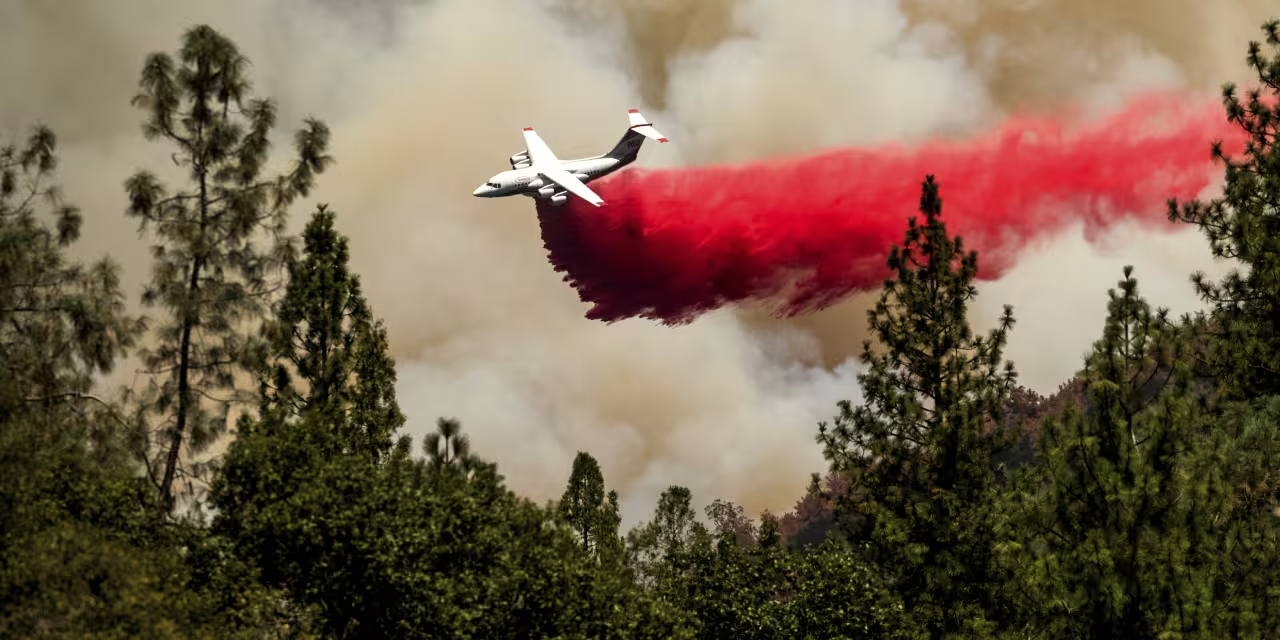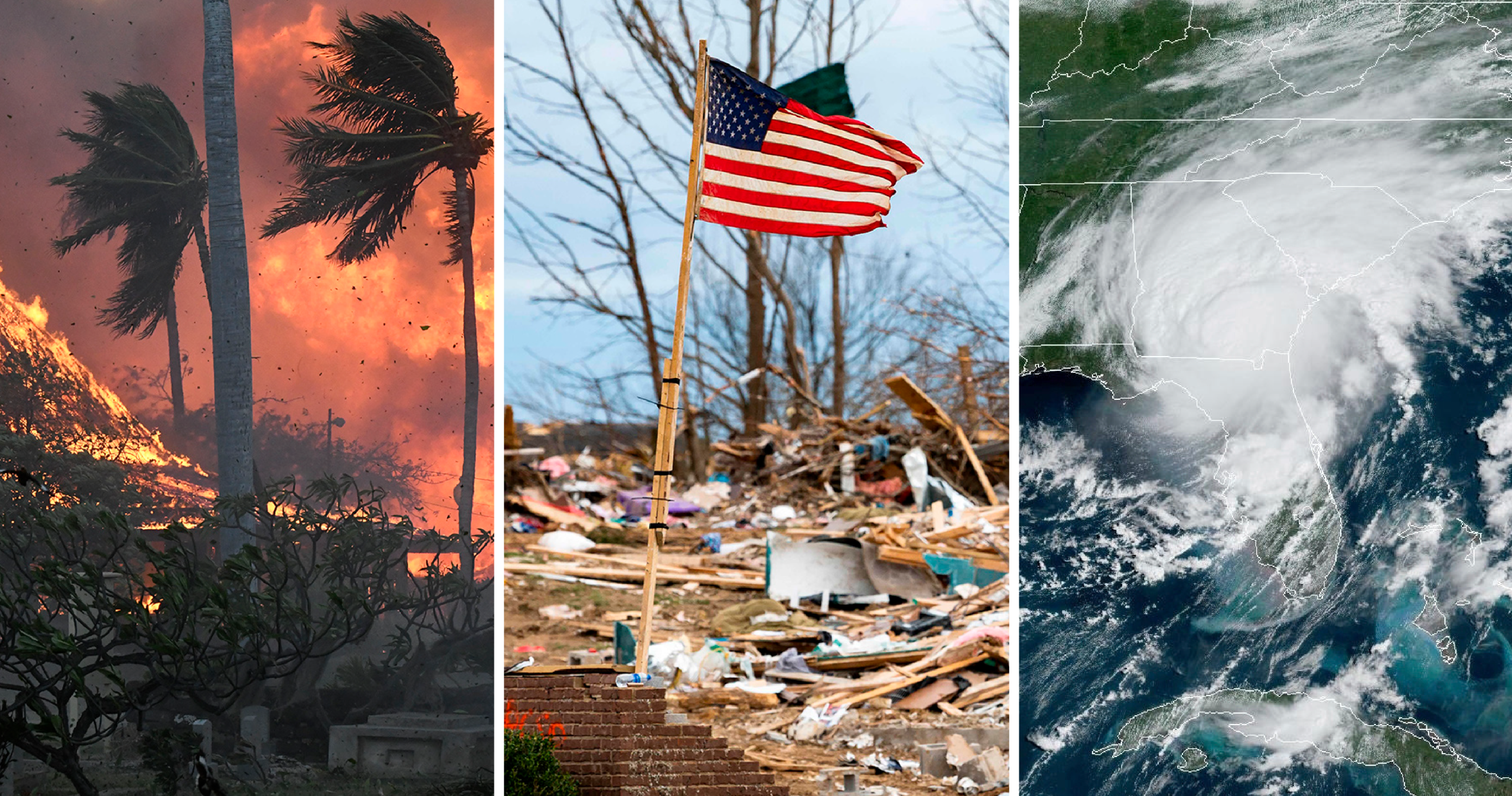🔥 California’s wildfire crisis has reached unprecedented levels. Every year, massive blazes destroy homes, force evacuations, and leave behind environmental devastation. The term “mega wildfire” is now a terrifying reality, describing fires that burn hundreds of thousands of acres, overwhelm firefighting resources, and leave communities struggling to rebuild.
But is there a way to stop these catastrophic wildfires? Can science, technology, and better land management prevent the next inferno? https://gisvalley.com/mapping-wildfire-risk-how-geologists-and-scientists-predict-fire-behavior/
This article explores the causes of mega wildfires, innovative fire management strategies, and whether we can truly control these devastating events.
🔥 Why Are Mega Wildfires Becoming More Common?
Mega wildfires aren’t just bigger versions of normal wildfires—they behave differently, spreading faster and burning hotter. Several factors contribute to their increasing frequency:
1. Climate Change: Hotter, Drier Conditions 🌡️
✔ Rising temperatures cause longer, more intense fire seasons.
✔ Reduced rainfall leads to drought conditions, drying out vegetation.
✔ Stronger winds spread embers miles ahead of fire lines.
2. Overgrown Forests and Fuel Build-Up 🌲🔥
✔ Decades of fire suppression have allowed dense undergrowth to accumulate.
✔ Historically, natural fires cleared out dead vegetation—now, there’s too much fuel.
✔ When fires start, they quickly grow out of control due to excessive dry material.
3. Human Activity: Igniting the Flames 🚗⚡
✔ Power lines, campfires, and vehicle sparks are common ignition sources.
✔ Urban expansion into wildlands (wildland-urban interface) increases fire risks.
✔ Arson and accidental human-caused fires contribute to the rising numbers.
4. Santa Ana Winds: A Fire’s Best Friend 💨🔥
✔ These seasonal winds blow dry, hot air through California, fanning flames.
✔ Gusts can carry embers over freeways, rivers, and even entire cities.
With these conditions fueling mega wildfires, the next question is: How do we stop them?
🛑 Can We Prevent Mega Wildfires? Fire Management Strategies
While completely stopping wildfires is impossible, effective fire management can reduce their size and intensity. https://www.nytimes.com/2021/07/16/climate/wildfires-smoke-safety-questions.html Here are key strategies experts are using:
1. Prescribed Burns: Fighting Fire with Fire 🔥🌿
✔ Controlled burns remove excess fuel, reducing wildfire intensity.
✔ Native American tribes historically used this method for land management.
✔ Some areas, like Florida, conduct frequent prescribed burns, helping prevent mega fires.
2. Forest Thinning: Clearing Out Fuel 🌲🪓
✔ Removing dead trees and brush decreases fire intensity.
✔ Selective logging and grazing programs help maintain healthy forests.
✔ The challenge? Logistical costs and environmental concerns.
3. Upgrading Power Infrastructure ⚡🏗️
✔ Utility companies are responsible for many fire ignitions.
✔ Some areas are switching to underground power lines to reduce sparks.
✔ Advanced shutoff systems and weather monitoring can prevent line-related fires.
4. AI and Satellite Technology for Early Detection 🛰️🤖
✔ AI-powered cameras detect smoke and heat signatures before fires spread.
✔ Drones and satellites track fire movements in real time.
✔ Faster detection = quicker response, reducing damage.
5. Community Fireproofing and Land Use Changes 🏡🔥
✔ Homeowners can create defensible space, removing flammable materials.
✔ Some areas are limiting development in fire-prone zones.
✔ Fire-resistant building materials (metal roofs, concrete walls) can save homes.
These methods show promise, but the battle against wildfires requires more than just science and technology—it demands policy changes and community cooperation.
🔥 Challenges in Fire Management: Why Aren’t We Stopping Mega Fires?
Even with new strategies, mega wildfires continue to worsen. Why? Several major challenges stand in the way:
1. Funding and Resources: A Constant Struggle 💰🚒
✔ Fire departments spend billions fighting fires but lack prevention funding.
✔ More resources go into emergency response rather than fire prevention efforts.
2. Political and Public Resistance ⚖️🏛️
✔ Some communities oppose prescribed burns, fearing smoke pollution.
✔ Strict environmental policies make it difficult to clear fuel-heavy forests.
3. Unpredictable Climate Patterns 🌍🔥
✔ Even the best prevention strategies can’t control weather extremes.
✔ Record-breaking heatwaves and droughts increase fire risks faster than we can mitigate them.
So, if mega wildfires can’t be completely stopped, what does the future of fire management look like?
🌎 The Future of Wildfire Management in California

Experts agree: We can’t eliminate wildfires, but we can learn to live with them. The future of fire management will likely involve a mix of technology, policy changes, and community efforts.
1. AI-Powered Fire Prediction 🤖🔥
✔ Machine learning can analyze weather, vegetation, and historical data to predict fire risks days in advance.
✔ Governments and fire agencies will rely more on satellite imagery and real-time monitoring.
2. Smarter Land Management Policies 🌿🏡
✔ Governments may restrict new developments in high-risk fire zones.
✔ Forest management will focus on natural fire cycles and fuel reduction.
3. Community-Driven Fire Preparedness 🏠🚒
✔ Residents will need to adapt homes and landscaping to withstand wildfires.
✔ Local fire safety initiatives, such as neighborhood fire protection plans, will become the norm.
4. Carbon Capture and Wildfire Emissions Control 🌳💨
✔ Scientists are exploring ways to offset carbon emissions from wildfires.
✔ Future policies may require reforestation and ecosystem restoration after major burns.
The question isn’t “Can we stop wildfires?”—it’s “How do we adapt to them?”
🏁 Final Thoughts: Can We Truly Stop Mega Wildfires?
Mega wildfires aren’t going away. As climate change, human development, and natural conditions continue fueling extreme fire events, California must take a proactive approach.
✔ Smarter land management and fire-adapted communities are crucial.
✔ New technologies, such as AI and satellite monitoring, offer hope for better early detection.
✔ Prescribed burns and thinning programs can help prevent the worst fires.
Stopping mega wildfires completely may not be possible, but reducing their impact is within our control. The future of fire management in California depends on action today.
🚒 Are we ready to rethink how we coexist with fire?
🔥 Key Takeaways
✔ Mega wildfires are increasing due to climate change, fuel buildup, and human activity.
✔ Prevention strategies like prescribed burns, AI detection, and forest thinning can help.
✔ Challenges like funding, political resistance, and unpredictable climate make fire management difficult.
✔ The future of fire management relies on technology, smarter policies, and community resilience.
California’s wildfire future isn’t just about stopping fires—it’s about learning to live with them.


